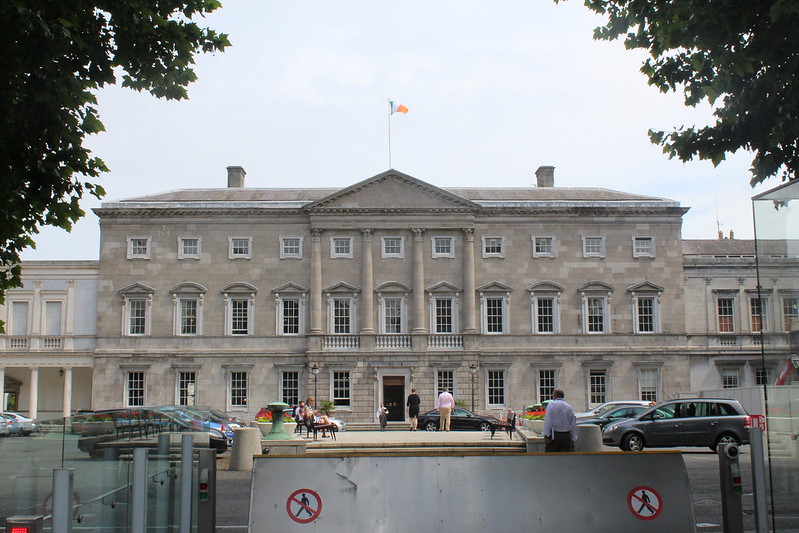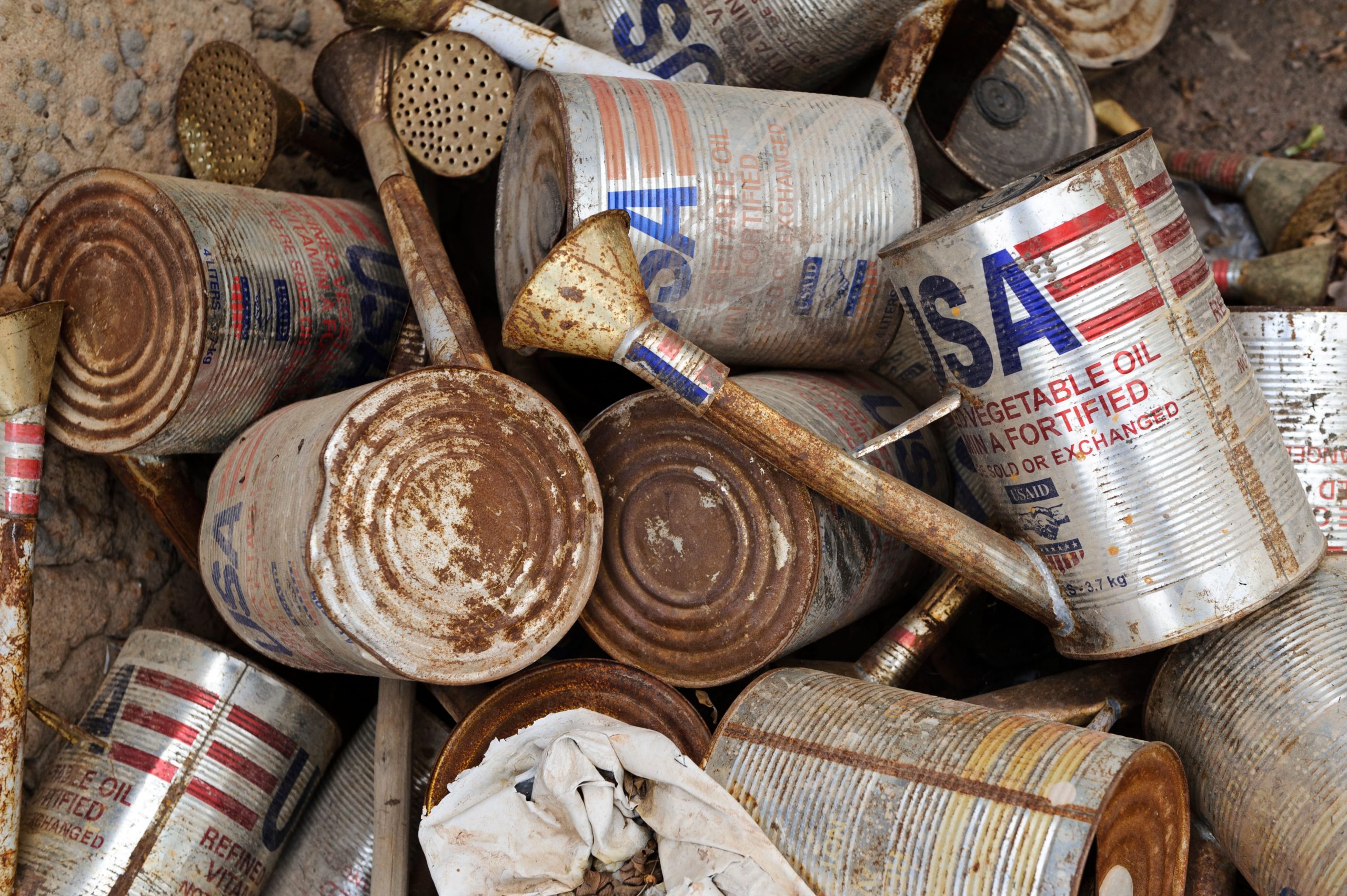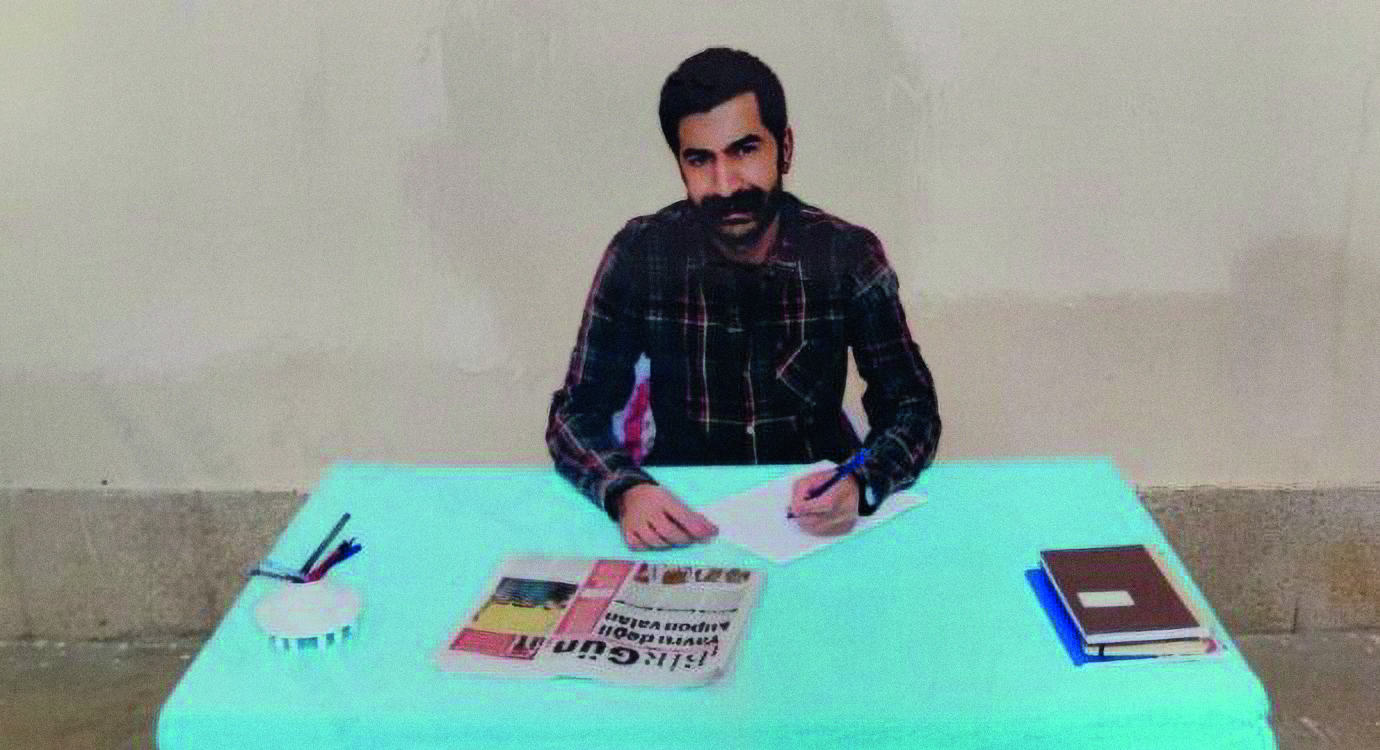When SOCPA was passed, the clauses on protest seemed to have a single purpose – the eviction of lone protestor Brian Haw from his permanent plot on Parliament Square. The act stated that protests within one kilometre of parliament had to be cleared by police six days in advance, and that restrictions could be placed on the number of people attending, noise levels and even the size of placards. 
Haw is still there, though his protest has been scaled down considerably, but other protesters have been severely affected by the act.
Perhaps most famously, Maya Evans and Milan Rai were arrested for reading the names of war victims outside Parliament. Countless others have been made familiar with the long arm of the law after staging impromptu protests in Westminster. Now, Liberal Democrat peer Baroness Miller has introduced a bill hoping to reclaim the right to peaceful protest at the centre of British democracy.
“There has been a complete change from the position where you had the right to demonstrate outside parliament, unless you did some bad things to a situation where you can’t demonstrate without police permission. They will say that the law means that police must give permission, but nevertheless this is a change from our very traditional, precious right to demonstrate and exercise freedom of speech. The problem here is that, while hardened activists while continue to protest, ordinary people who may previously have been motivated to go out and demonstrate may feel a chilling effect, and decide to stay at home rather than face uncertainty over whether they may be breaking the law or not.”
Was the presence of Haw’s protest in Parliament Square a smokescreen to get the bill through?
“It’s an interesting question, and one I look forward to discussing with the Minister. I think, initially, Brian Haw’s protest may have been a genuine motivation – not least because many may have felt that the size of his protest would detract from other groups who wanted to protest in the square. But I think , after they saw the level of support from parliamentarians for an initial move on this, the Home Office thought ‘fantastic – not only can we do something about this, we can set up restrictions anywhere we like.’”
This is one of the more worrying aspects of SOCPA that Miller is trying to repeal. In addition to the restricted area around Parliament, the Home Secretary is free to designate any other site as out of bounds for impromptu protest.
Part of the reasoning behind the moves against Haw’s, and others’, protests has been the perceived threat of terrorism. Does Miller think this is an issue?
“Well, we were told that one of the fears with Haw’s protest was that it would be easy to hide bombs among his placards. However, having spoken to people involved in security, they tell me their main fear is in fact vehicles going past.
“I think people are concerned about the government’s use of the terrorism threat to corrode basic freedoms. This is something that really concerns us as a society. Look at Tate Britain’s current ‘State Britain’ exhibition. When was the last time the art establishment got involved in something like this?”
Miller certainly hopes that her colleagues in the Lords are similarly concerned when the vote on her bill comes round.
Baroness Miller’s website.




